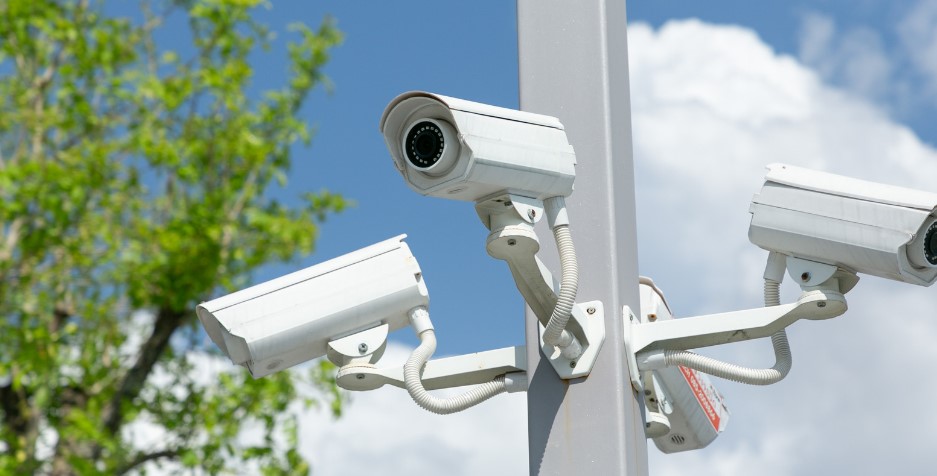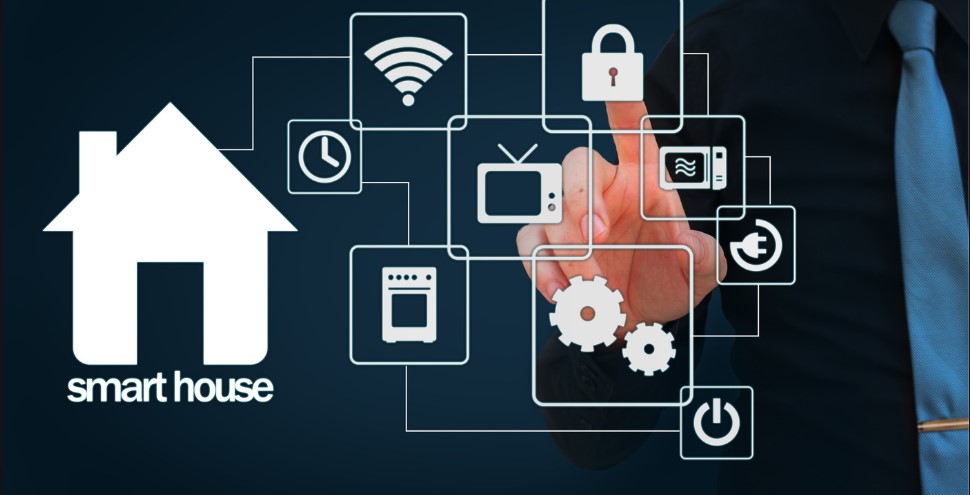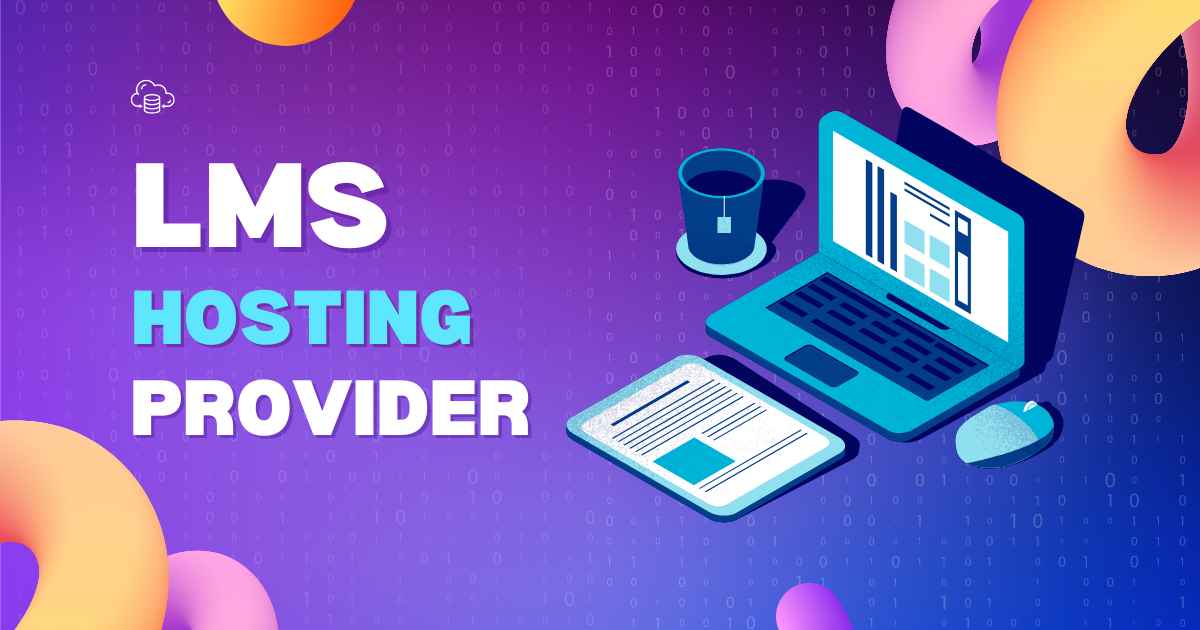How to Maintain and Manage Your Enterprise Video Surveillance System

Maintaining and managing an enterprise video surveillance system is crucial for ensuring the safety and security of an organization’s assets, employees, and information. Enterprise security camera systems significantly deter criminal activity, monitor operational efficiency, and provide evidence when necessary. Proper management and maintenance of these systems not only enhance their effectiveness but also extend their lifespan and reliability. This blog will cover the essential aspects of maintaining and managing enterprise video surveillance systems to ensure they operate at peak performance.
1. Regular System Checks and Inspections
Routine Visual Inspections
Conducting routine visual inspections of all cameras, cables, and related equipment is fundamental to maintaining enterprise security camera systems. Look for any visible signs of damage, such as frayed wires, loose connections, or physical obstructions that could impede camera performance.
Scheduled Maintenance
Implement a scheduled maintenance plan that includes cleaning camera lenses, ensuring all equipment is securely mounted, and verifying that all components function correctly. This proactive approach helps identify and resolve potential issues before they escalate into significant problems.
2. Firmware and Software Updates
Keeping Firmware Up-to-Date
Manufacturers regularly release firmware updates for enterprise video surveillance systems to enhance functionality, fix bugs, and patch security vulnerabilities. Ensure that all firmware updates are applied promptly to maintain the system’s reliability and security.
Software Upgrades
In addition to firmware, the management software used to control and monitor enterprise security camera systems should also be kept up-to-date. Regular software upgrades can provide new features, improve system performance, and offer better compatibility with other technologies.
3. System Performance Monitoring
Real-Time Monitoring
Utilize real-time monitoring tools to assess your enterprise video surveillance systems’ performance continuously. These tools can provide alerts for any anomalies, such as cameras going offline, unauthorized access attempts, or unusual activity patterns.
Performance Metrics
Regularly review performance metrics such as frame rate, resolution, and storage capacity. Ensuring these metrics meet the required standards is essential for maintaining the quality and effectiveness of your surveillance system.
4. Data Management and Storage
Efficient Data Storage Solutions
Implement efficient data storage solutions to handle the high volume of video footage generated by enterprise security camera systems. This may include using network-attached storage (NAS), cloud storage, or hybrid storage solutions.
Data Retention Policies
Establish clear data retention policies to determine how long video footage should be stored. These policies should comply with legal requirements and organizational needs, balancing the need for historical data with storage capacity constraints.
Regular Backups
Perform regular backups of critical data to prevent loss in case of hardware failure or other incidents. Ensure that backups are stored securely and can be easily accessed when needed.
5. Security Measures
Access Control
Implement strict access control measures to ensure only authorized personnel can access the video surveillance system. This includes using strong passwords, multi-factor authentication, and regularly updating user access permissions.
Encryption
Use encryption to protect video data both in transit and at rest. This helps prevent unauthorized access and ensures the confidentiality and integrity of the footage.
Network Security
Ensure that the network on which your enterprise video surveillance systems operate is secure. This includes firewalls, antivirus software, and regularly updating network devices to protect against cyber threats.
6. System Integration
Integrating with Other Security Systems
Integrate your enterprise security camera systems with other security systems, such as access control, alarm systems, and motion detectors. This integration can enhance the overall security posture of your organization by providing a more comprehensive view of security events.
Centralized Management
Utilize centralized management software that allows easy monitoring and control of all surveillance cameras and related equipment from a single interface. This simplifies the management process and ensures a more efficient response to incidents.
7. Training and Support
Employee Training
Provide regular training for employees responsible for managing and maintaining enterprise video surveillance systems. This training should cover system operation, troubleshooting, and best practices for maintaining system performance.
Technical Support
Ensure you can access reliable technical support from the system manufacturer or a third-party service provider. This support can be invaluable in resolving technical issues quickly and minimizing system downtime.
8. Legal and Compliance Considerations
Understanding Legal Requirements
Familiarize yourself with the legal requirements related to video surveillance in your region. This includes understanding privacy laws, data protection regulations, and any industry-specific guidelines that may apply to your organization.
Compliance Audits
Conduct regular compliance audits to ensure your enterprise video surveillance systems meet all relevant legal and regulatory requirements. Address any areas of non-compliance promptly to avoid potential legal issues.
9. Regular System Audits
Comprehensive System Audits
Perform comprehensive system audits regularly to assess the overall health and performance of your enterprise video surveillance systems. These audits should cover all aspects of the system, from camera functionality to data management practices.
Continuous Improvement
Use the insights gained from system audits to make continuous improvements. This might involve upgrading equipment, optimizing system configurations, or implementing new technologies to enhance system performance.
10. Future-Proofing Your System
Scalability
Ensure that your enterprise video surveillance systems are scalable to accommodate future growth. This includes having the flexibility to add new cameras, increase storage capacity, and integrate with emerging technologies.
Staying Informed
Stay informed about the latest trends and advancements in video surveillance technology. Keeping up-to-date with new developments can help you make informed decisions about system upgrades and improvements.
Adopting New Technologies
Consider adopting new technologies such as artificial intelligence (AI) and machine learning (ML) to enhance the capabilities of your enterprise security camera systems. These technologies can provide advanced analytics, improve threat detection, and reduce false alarms.
Conclusion
Maintaining and managing enterprise video surveillance systems is critical to ensuring an organization’s security and safety. By implementing regular maintenance routines, keeping the software and firmware up-to-date, monitoring system performance, and adhering to security and compliance requirements, you can ensure that your enterprise security camera systems operate effectively and reliably. Additionally, integrating these systems with other security measures, providing adequate training and support, and staying informed about technological advancements will further enhance the overall effectiveness of your surveillance infrastructure.
By following these best practices, you can ensure that your enterprise video surveillance systems continue to protect your organization and provide valuable insights for improving operational efficiency and security.






